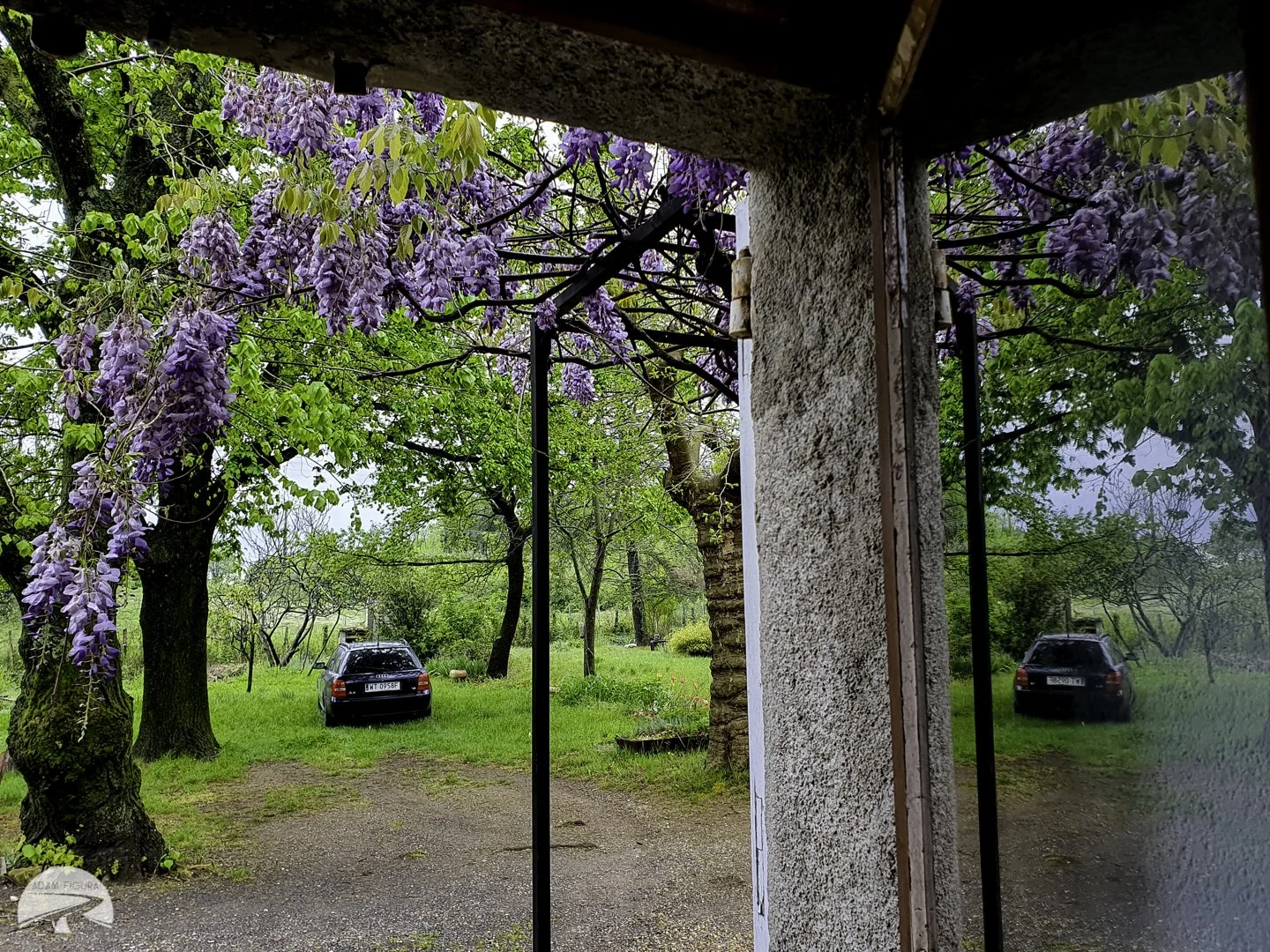Audi on Gas, Southern France, and Reggae
Great stories often lie just around the corner — you just have to be willing to notice them. Sometimes, the combination of seemingly ordinary elements creates something beautiful and unique, letting you see life from a completely different perspective. That’s exactly what happened this time. In my last piece, I wrote a lot about authenticity, simplicity, and a different rhythm of daily life than the one I usually experience. I didn’t expect to feel it again — and certainly not in the way I did. As I write this, I’m sitting in a small town in the south of France, watching spring burst into color and feeling amazed at how little stood between me and not being here at all. But for this story to make sense, I need to take you back to when I decided to drive across Europe — packing my life not into a backpack, but into the trunk of my car.
After returning from the Azores and Central America, I found myself settling into Poland without a clear plan. I hadn’t rented an apartment, and most of my belongings were still packed in Gonia’s mom’s barn, where we’d stored everything before our journey. Initially, I was supposed to join a concert tour across Europe, but when that fell through due to organizational issues, I began thinking about how to move forward.
I took a short work trip to Saudi Arabia, which only fueled my hunger for more travel — both for work and personally. One thing was clear: I didn’t want to stay in Poland for long or continue working the way I had before. Something had shifted in me during those three months of travel. My perspective on my career had changed, and I wanted to scale up, to take my skills beyond just my home country. But at that point, it was more of an idea than a concrete plan. I decided to wait in this situation and give everything some time to settle before I start acting with full force.
Then, in my usual impulsive way, I bought a car — a beautiful, classic, but utterly common 1999 Audi A4 wagon. Naturally, it ran on LPG to ease the burden of high fuel prices. A few thousand złoty later, I realized I had no talent for buying cars wisely. Fixing this German engineering marvel drained more money than expected. As the saying goes: “Buy cheap, pay twice.” Once I got over my own mistakes, I could finally enjoy what I thought would be a reliable 1.8 engine.
One day, I got a call from a friend I’d met years ago on a European concert tour. He invited me to work with him on a project in Spain. He had a house near the east coast and wanted to turn it into an event space. He didn’t need to wait long for my answer. A few weeks later, I left Warsaw and hit the road—over 3,000 kilometers—in my twenty-three-year-old Audi.
I was raised in a family of drivers, and before I could walk, I was already sitting on my dad’s lap, holding the steering wheel of a truck. Over time, my love for the road and deep respect for it became part of my character. I’ve traveled thousands of kilometers in various ways, and this solo driving brought me a unique sense of freedom I cherish. For me, the road—more than the destination—always brings the kind of experiences and insights you can’t plan for. And this trip was no different.
The first few hundred kilometers went smoothly. But before I even left Poland, my trusty Audi developed a cooling system issue—the engine temperature started to climb, and the coolant had mysteriously vanished. I managed to limp to a station, buy a jug of coolant, and refill the tank. No leaks in sight. The temperature gauge returned to normal, and the problem seemed to vanish.
Still, I wasn’t at ease. I filled an empty jug with water, just in case, and hit the road again—eyes glued to the temperature gauge. The next 2,000 kilometers passed without issue. I drove through the Czech Republic, Austria, and then into Italy—my beloved country of pizza, pasta, and mountains. I’d traveled Italy solo by motorcycle three years prior, and now I was back, embracing its alpine roads and charming villages.
And so, I crossed the country from the north all the way to the western coast, traveling only on local roads, where tourist guidebook highlights were nowhere to be found. Beautiful mountain roads cutting across the land in every direction, endless tunnels showcasing human triumph over matter, and a vast space filled with my own freedom. I love these kinds of combinations. Sipping espresso at a gas station after a night spent in the car, having enjoyed the luxury of washing up in a sink, I was ready to start a new day. Taking in the beauty of the Ligurian Sea, I reached the French Riviera and drove deeper into France through the wealth of the Principality of Monaco.
Exhausted after nearly four days, my car seemed to be, too. That cursed temperature gauge began to rise again. Opening the hood, I heard hissing—finally, a clue. I topped up the coolant with the water I’d brought from Poland. The car drank five liters like it was nothing. The temperature normalized, but my peace of mind did not.
I reached out to a friend I’d met during a month-long project in Romania the previous year. Mariusz had been living in France for 15 years and was my only hope. Fortunately, he was just 200 km away — directly along my route. I figured it was the perfect time to take a break and check on the car.
That’s how I found myself in the town of Saint-Félix-de-Pallières—a picturesque village in the south of France, about an hour’s drive from Montpellier. The place consists of a handful of houses clustered together, surrounded by forests that once belonged to an old castle estate, now restored and brought back to life by a couple. I was warmly welcomed by Mariusz and invited to feel completely at home in an incredible 260-year-old stone house.
This is where the story begins of how I accidentally became part of something extraordinary—simply because I was staying within walls that had been in the hands of one French family for generations. Mariusz lives in the house with his son, who happened to be in the UK visiting family at the time, so we had plenty of space for conversation and time to deal with a car issue. It turned out that he was staying there thanks to the generosity of a friend—who just so happened to be the owner of the estate. And not just any owner.
Hélène Lee is a seventy-five-year-old woman whose life has been one grand adventure—so full of accomplishments that she could easily share them with others and still have plenty left over. Her friendship with Mariusz began about ten years ago, when he picked her up a few times while she was hitchhiking from the village where she lived to the house where I’m now writing these words. Over the years, their connection gradually deepened, and through Mariusz’s curiosity, Hélène began revealing more and more chapters of her extraordinary life.
This remarkable lady, aside from baking delicious cakes and personally renovating her beautiful home, has crossed several deserts on a motorcycle—including the Sahara. But perhaps most fascinating is that she turned out to be one of France’s leading journalists, who dedicated much of her creative life to writing articles and books about Rasta culture. She has been a key advocate of the movement not just in Europe, but around the world. She worked with UNESCO, recording ethnic music in the most remote corners of the globe, and has several documentary films to her name—including one about the first Rasta, Leonard Howell, the founder of the Rastafari movement in Jamaica, which eventually spread across the world.
Hélène’s circle of friends included leading artists of the musical genre known as reggae, so names like Bob Marley or Lee Perry were part of her world. Another great figure of this music, Alpha Blondy, was not only her longtime partner but also co-created his concert tours with her for many years. Quite an impressive life story.
According to Mariusz, Hélène is the most fascinating person he has ever met—a woman radiating beautiful energy, fluent in perfect English, Japanese, several African languages, and Jamaican patois. She spent many years living in various countries and is, quite simply, the embodiment of human authenticity. She currently lives in Marseille but occasionally visits her countryside home, and I sincerely hope to meet her in the coming years—once I’ve settled in Spain and discovered what life has in store for me next.
I highly recommend the documentary by Hélène Lee titled Le Premier Rasta, which tells the story of how the entire Rastafari movement came to be—what values it draws from and what its beginnings looked like. It’s truly incredible what we, as humans, are capable of achieving, and for me, discovering such stories while simultaneously becoming part of them is deeply inspiring and uplifting.
As for my car? I finally spotted the problem: a small leak at the base of the temperature sensor. The clip holding it in place was loose, causing a slow leak during long drives. I’m hoping to patch it up with some special silicone so I can continue on to Spain—over 1,000 kilometers and many beautiful roads ahead.
Right now, I’m soaking in the nature, the stories held within these old stone walls, and the charm of my trusty Audi in the background. A peaceful scene, considering how I got here.
Once again, life has proven to me that it’s the process itself—the journey—that holds the greatest meaning, not what awaits at its end. I feel great knowing I can independently choose my own direction and reach my goals in a way that aligns with my ethical code, filling me with a deep sense of pride in who I am and what has shaped me. Being mindful of the things and events around us can sometimes lead us to become part of something much bigger—even without planning it. All it takes is the willingness to look where there are no guarantees, no certainty about what tomorrow may bring, and, to put it bluntly, to let yourself be absorbed by the quantum soup.
So yes, even a random decision like buying an old car, packing up, and leaving work behind can lead to meaningful stories. Because it’s our relationships—with people, places, and ourselves—that define us.
The rest? Just decorative extras.
I’ll be hitting the road soon, but for now, I’m enjoying the southern French sun. Tomorrow, Mariusz and I are jumping off a bridge. Two riggers can always find a new thrill.
Update:
I had never jumped off a bridge on a rope swing before. Mariusz—an encyclopedia of rigging and rope work—was the perfect partner for it. Standing on the edge, gripping the railing, logic told me everything was safe—the gear, the line, the setup. But it still took me 20 minutes to let go and leap.
Once I did, it was pure euphoria. The adrenaline, the fear, the thrill. I highly recommend it.
Just another unexpected gift from an unplanned stop in France. I got some rest, fixed the car, and tomorrow, I’m off to Spain. Let’s see what’s waiting around the next mountain bend...



















